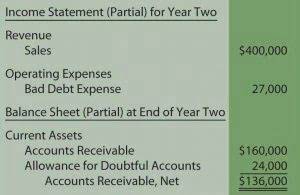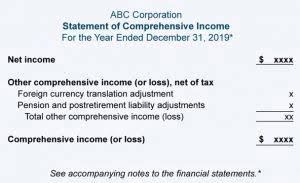Content

It tells what percentage of sales revenue is available to cover fixed cost and generate profit. A contribution margin is the part of the revenue from selling a good that exceeds the variable costs used in making it. As a result, this amount can contribute toward covering fixed expenses. Contribution margin is the term by which your business contribution margin ratio formula income surpasses your variable expenses. Set forth plainly, at whatever point you convey assistance or item and deduct the variable cost related with conveying that item, the income you’re left with is the contribution margin. It’s an evaluation of the sum total that your deals contribute towards fixed expenses and benefits.
- It is the monetary value that each hour worked on a machine contributes to paying fixed costs.
- That is, fixed costs remain unaffected even if there is no production during a particular period.
- You may also be able to reduce your cost by purchasing more upfront if it’s a product that sells well.
- In particular, it can be used to estimate the decline in profits if sales drop, and so is a standard tool in the formulation of budgets.
- To get more detailed insight into the profitability of a business, managers look at something called the contribution margin.
- The contribution margin ratio is also known as the profit volume ratio.
With a high contribution margin ratio, a firm makes greater profits when sales increase and more losses when sales decrease compared to a firm with a low ratio. The Contribution Margin Calculator is an online tool that allows you to calculate contribution margin. You can use the contribution margin calculator using either actual units sold or the projected units to be sold. Investors https://www.bookstime.com/ and analysts use the contribution margin to evaluate how efficient the company is at making profits. For example, analysts can calculate the margin per unit sold and use forecast estimates for the upcoming year to calculate the forecasted profit of the company. Of course, a product’s contribution margin is simply one factor to consider when evaluating your product line.
Example of Contribution Margin
Normally you will want your product to have a contribution margin as high as possible. However a low contribution margin product may be deemed as a sufficient outcome if it uses very little resources of the company to produce and is a high volume sale product. It’s helpful to look at the ratio as well as the margin when analyzing different products across your business. This will enable important operational decisions about how to improve the profitability of product lines, invest more into your high performing contribution margin items and those to discontinue.

These Sources include White Papers, Government Information & Data, Original Reporting and Interviews from Industry Experts. Reputable Publishers are also sourced and cited where appropriate. Learn more about the standards we follow in producing Accurate, Unbiased and Researched Content in our editorial policy. One yo-yo requires $.50 of raw materials, such as plastic and string. In Cost-Volume-Profit Analysis, where it simplifies calculation of net income and, especially, break-even analysis.
Contribution Margin Per Unit Formula:
The contribution margin ratio and percentage are very useful for management when performing breakeven analyses. Understanding how to calculate your contribution margin ratio is important, but leveraging that information is key to long-term business growth. The goal of every business owner is to have as much as possible left over after all expenses are paid; that’s obvious.

The lower your contribution margin, the more difficult it is for your business to cover your fixed costs. Cutting those costs, such as by relocating into less expensive space or eliminating non-essential positions, is one way to improve your financial position. Now that we’ve overviewed the basics of contribution margin ratio, it’s time to get calculating on your own. Using the aforementioned formula, find your contribution margin and then divide it by the sales income of an individual product to yield your contribution margin ratio.
How To Use Contribution Margin Ratio With Other Numbers
The size of a company’s contribution margin is often dependent on its industry. Companies in industries with low fixed costs generally require a lower contribution margin to cover them, and the reverse is true in industries with high fixed costs. All variable costs will be included in determining the contribution margin and are key in making decisions regarding costs and profitability. Recurring costs such as utilities may also be fixed costs because they do not have a direct relationship with the number of units that are produced and sold. If production levels exceed expectations, then additional fixed costs will be required.
What is contribution formula?
Formulae: Contribution = total sales less total variable costs. Contribution per unit = selling price per unit less variable costs per unit. Total contribution can also be calculated as: Contribution per unit x number of units sold.
It can be important to perform a breakeven analysis to determine how many units need to be sold, and at what price, in order for a company to break even. The contribution margin is not necessarily a good indication of economic benefit. Companies may have significant fixed costs that need to be factored in. A higher margin or ratio means your business has more money available to cover overhead costs and other expenses. On the other hand, contribution margin can show the profitability of one individual product or service. Being a fixed cost, this cost does not change with the number of units being produced. Variable costs will increase directly in proportion to the number of units produced.
